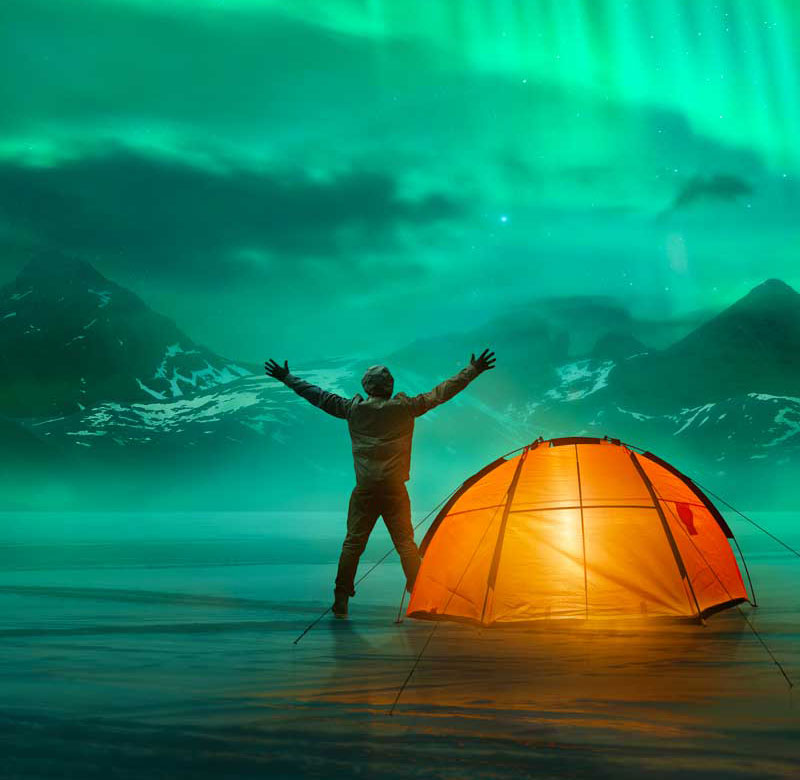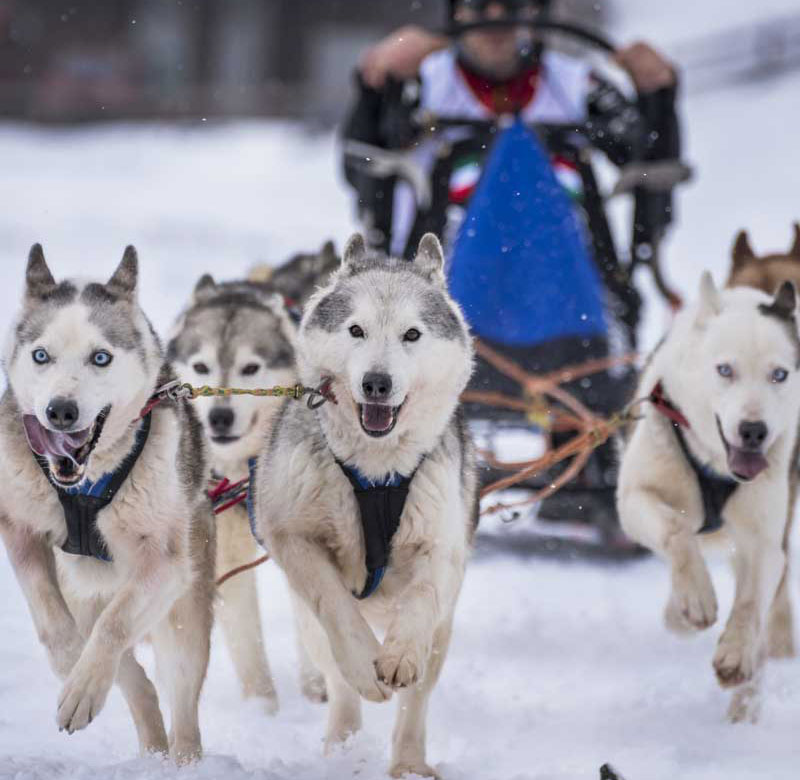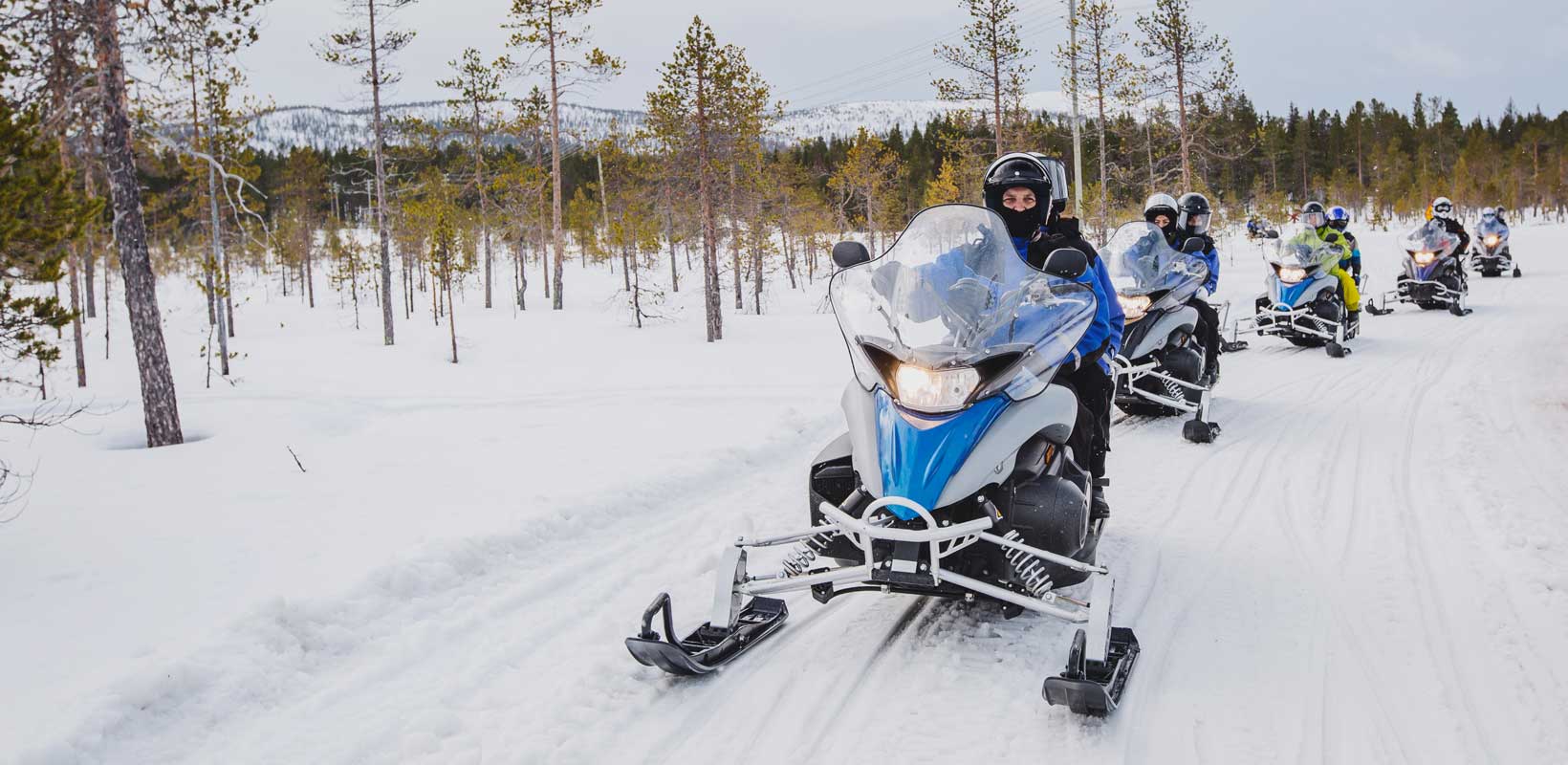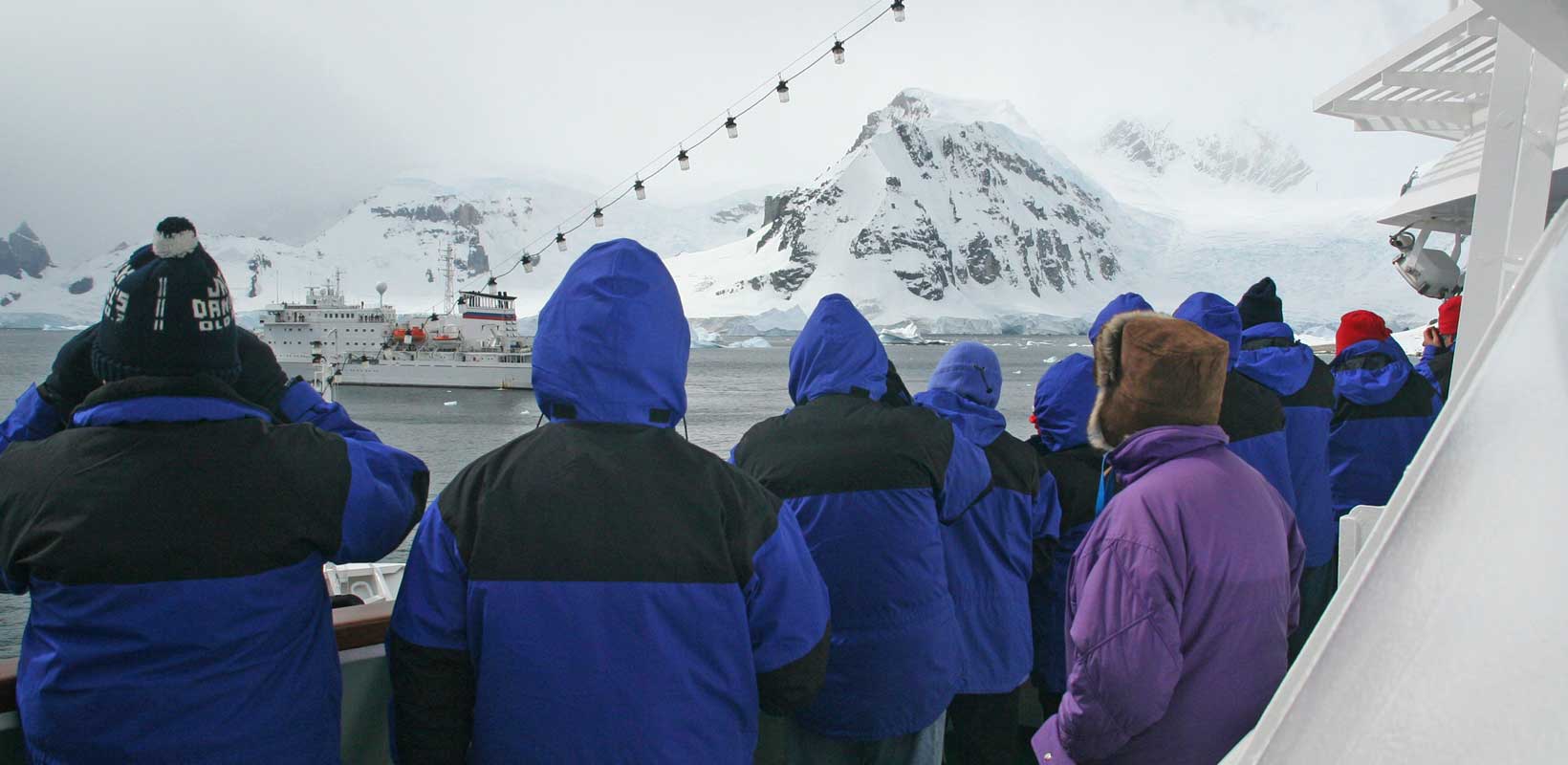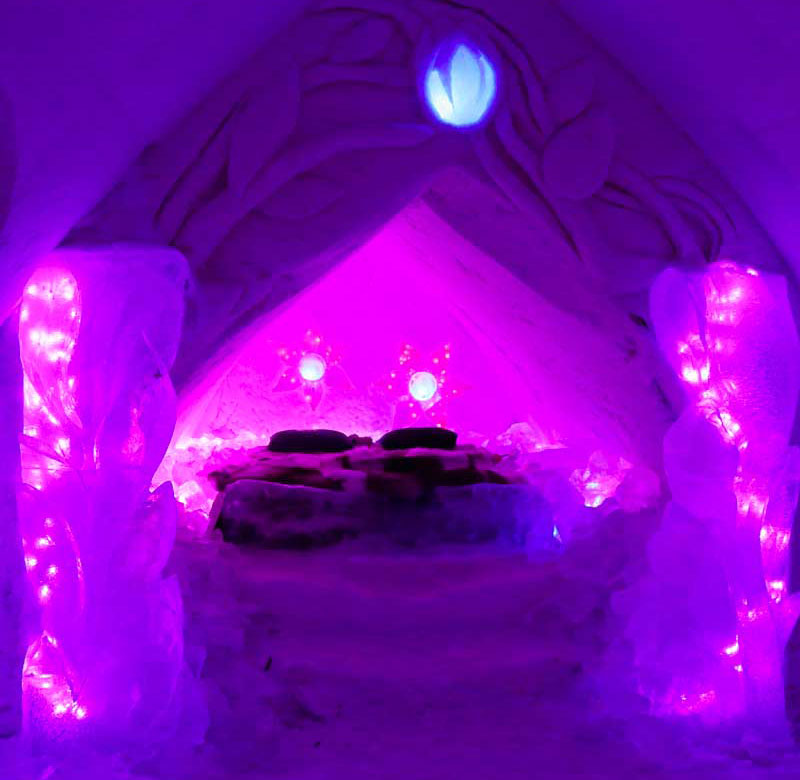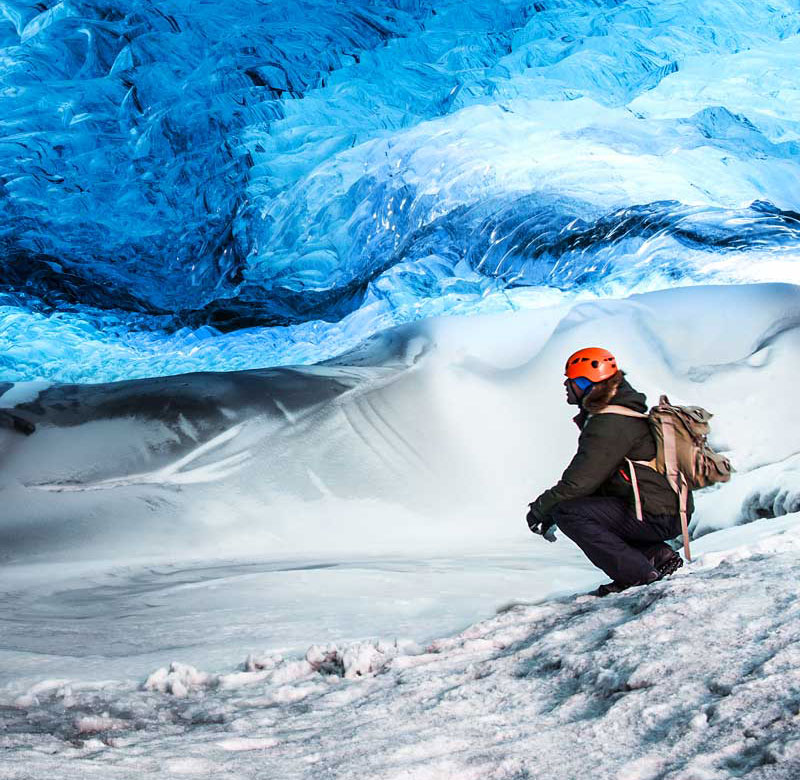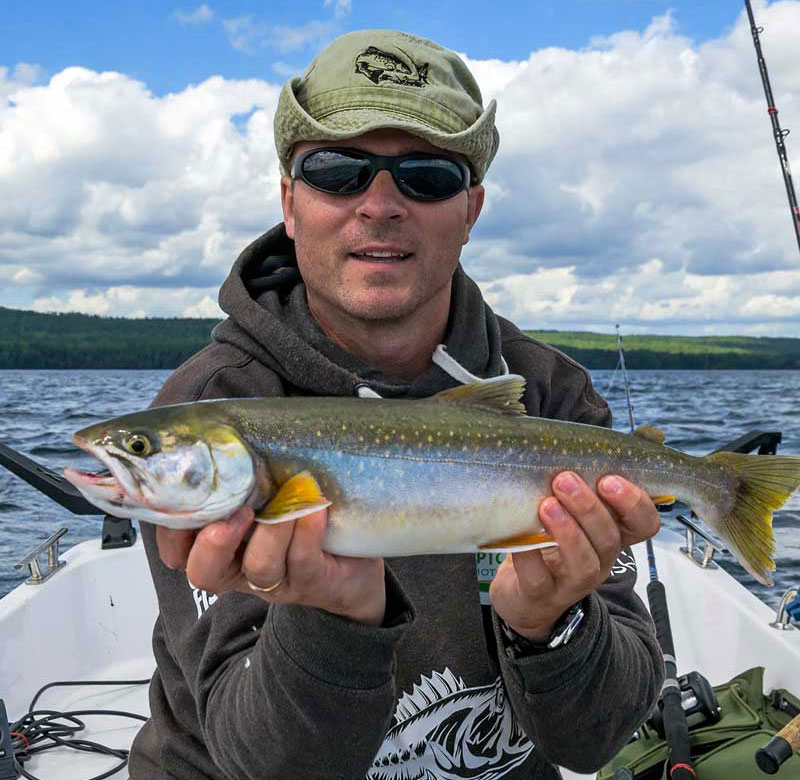Arctic tourism is booming. It's a growth industry. Every year nearly a million tourists flock to this region by air and sea.
Arctic cruising, in particular, is increasing in popularity, especially in Svalbard, Alaska, and Greenland with larger ships visiting the region each season. Visitors want to see unique wildlife, experience ice and snow, remote wilderness, and extreme temperatures. They want to enjoy the pristine countryside, and meet indigenous people, and learn about their culture. They are also attracted to the Arctic because of its history of exploration. It is a region rich in nature and culture.
Aaju talks about summer tourism in the Arctic
Arctic experiences
Tourists travel to different parts of the Arctic to enjoy a wide variety of holidays, throughout the year.
- In the slider below are some of the different holiday activities available in the Arctic. Can you think of any others?
Northern Scandinavia offers the closest and easiest Arctic experience for most people living in Europe. A large number of tourists can travel relatively short distances to enjoy an extreme and exciting environment. However, this possibly makes it more vulnerable than more remote parts of the Arctic.
Night and Day
- Can you guess what time of day it is in the picture below of The North Cape In Norway?
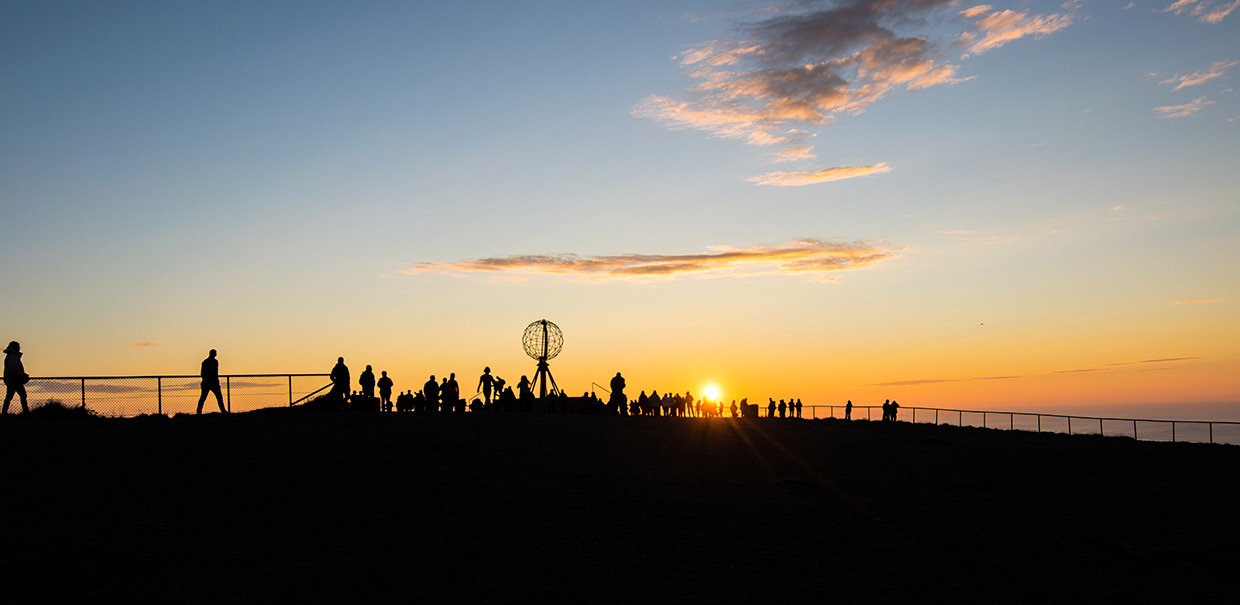
During the winter the sun doesn’t rise for nearly four months. This is known as the polar night. It remains dark for most of the day with only a few hours of blueish light in the sky.
The earth travels around or orbits the sun; it also spins on an axis that is slightly tilted. At certain times of the year, in the Earth’s orbit, the Northern and Southern Hemispheres tilt more towards or away from the sun throughout the day, creating continuous night or day.
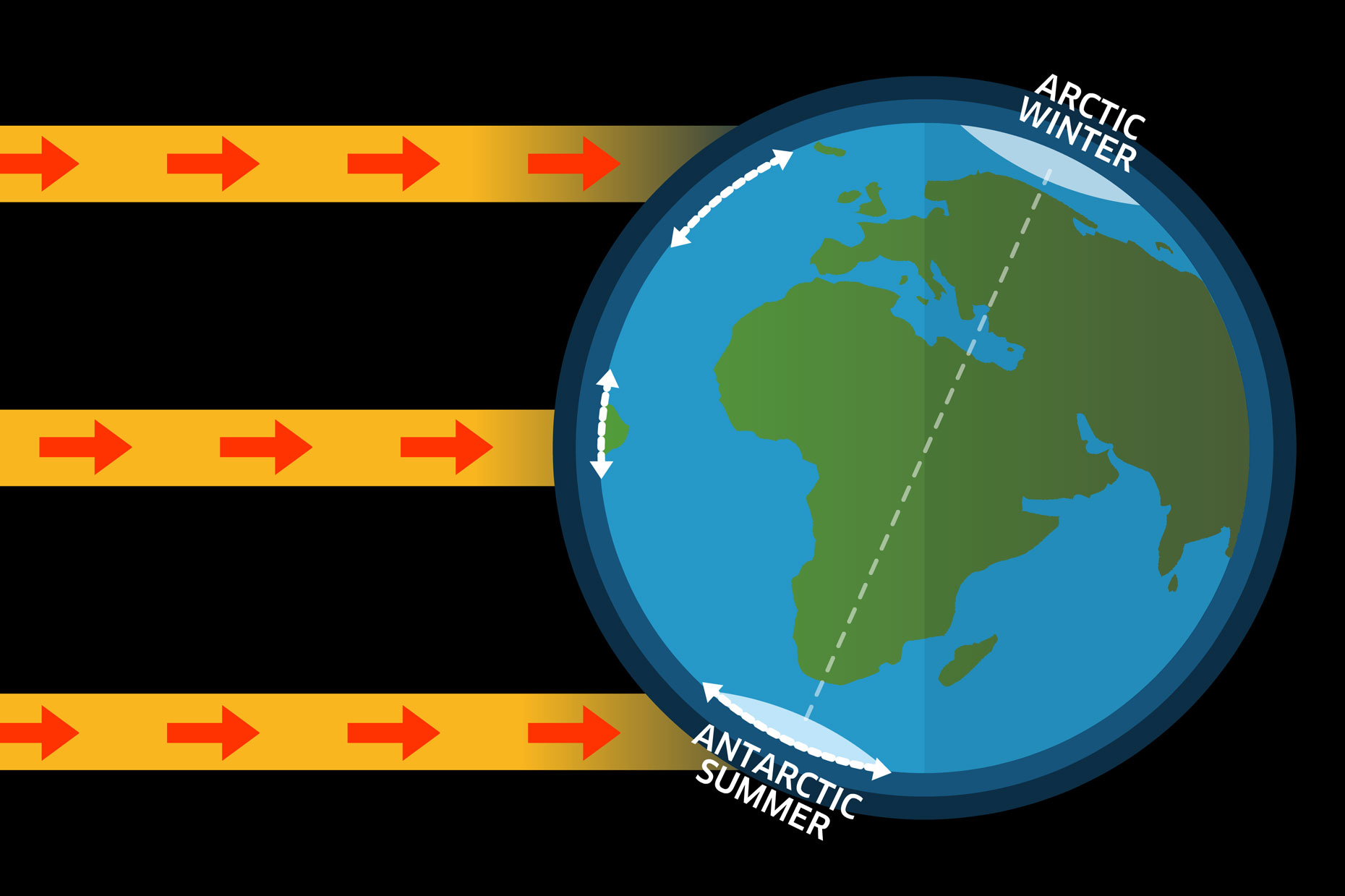
Find out more about the midnight sun and The North Cape / Nordkapp
- Why Doesn’t the Sun Set?
- The Land of the Midnight Sun – on the Visit Norway website
- The North Cape – also on the Visit Norway website
- How do you think you might feel if it was dark all day?
Aaju talks about winter tourism
Winter visitors to Tromso
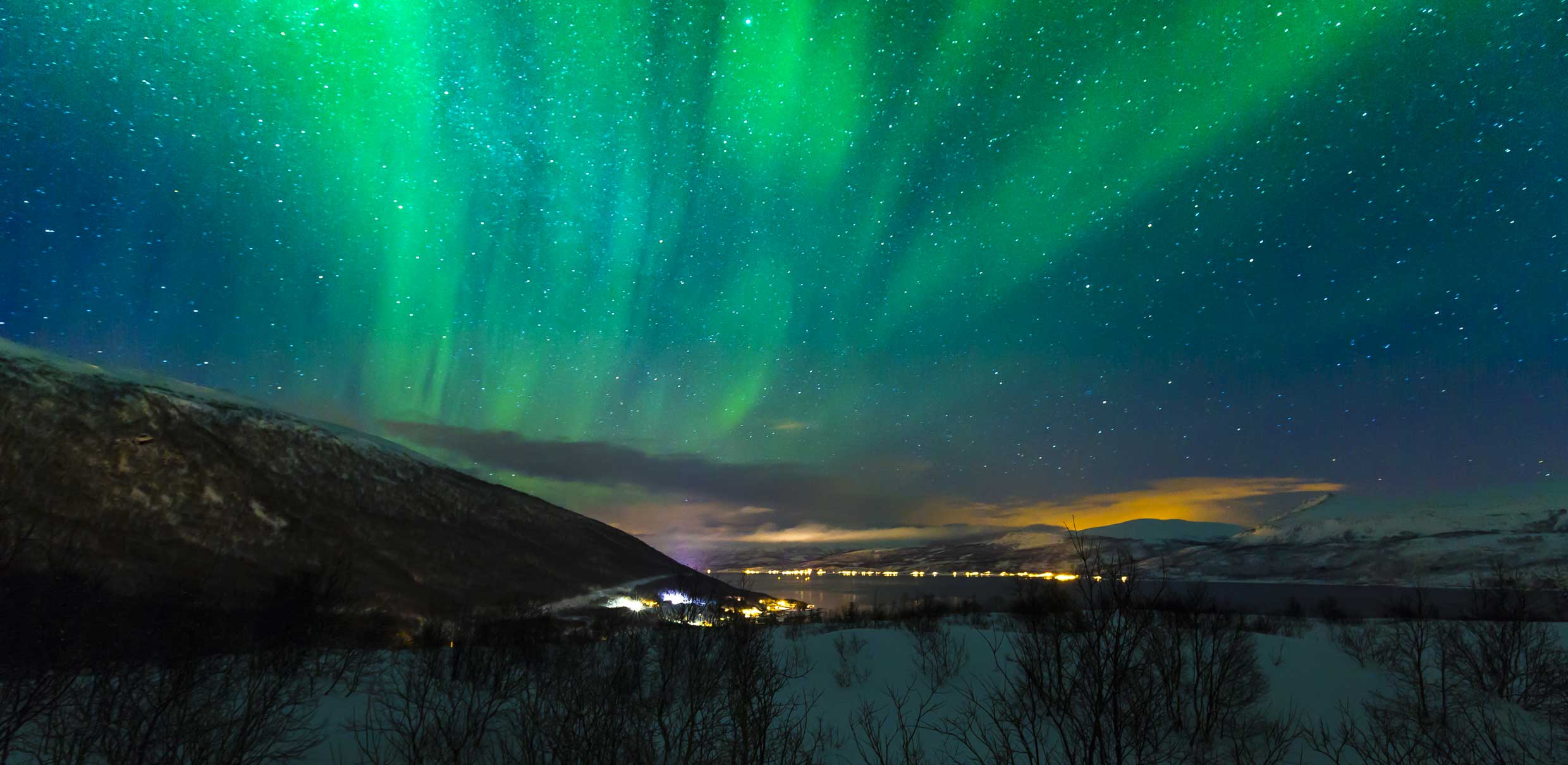
“My name is Knut Hanvold and I work for the tourist board in Tromso which is way up in Arctic Norway, around 200 miles, 350km from North of the Arctic Circle and around 2000km away from the North Pole.
I mainly work with the press, but I have a long career as a local guide as well. Even now in the summer when there are too many tourists coming at the same time, I step in. And Tromso is basically a real city, way up North, that is what it is really all about. You’ve got a lovely old town with old wooden houses, we’ve got a very lively cultural life; lots of things, festivals happening all the time and then it’s really way up North surrounded by fantastic scenery. There are the islands out to the West and the Lyngen and fjords in the East.
What I think people are really coming here for is to study the light phenomenon, because since they are above the Arctic circle, they experience two months of no sunshine in the winter and then they have sunshine all of the time, 24 hours for two months in the summer. That means that a summer day lasts for 1,600 hours without the sun ever setting. Since we are around 70 degrees north, 69 degrees north, we have one of the biggest densities of Northern Lights here in Tromso. So this is something that will affect us a lot.
Tromso isn’t a place that is overrun by tourists; it’s not a major tourist destination. We only get around 82 – 83 thousand foreign overnights a year and out of those a majority, the biggest nationality are the Germans and followed by the British guests.
We get around 12,000 British guests every year, and the majority of them actually come in the winter when almost half of all the guests are British. The reason why the British are so dominating in winter is because of the Northern Lights. Basically the Northern Lights guests go out into the surrounding area around Tromso they go dog sledging, they do snowmobiling, ice fishing and all of this in the evening because that is when you have the chance to spot the Northern Lights. The Northern Lights are difficult to spot, you never know when they are coming, so you need to be out and about in the night, but once you see them, they are fantastic.
Summer visitors to Tromso
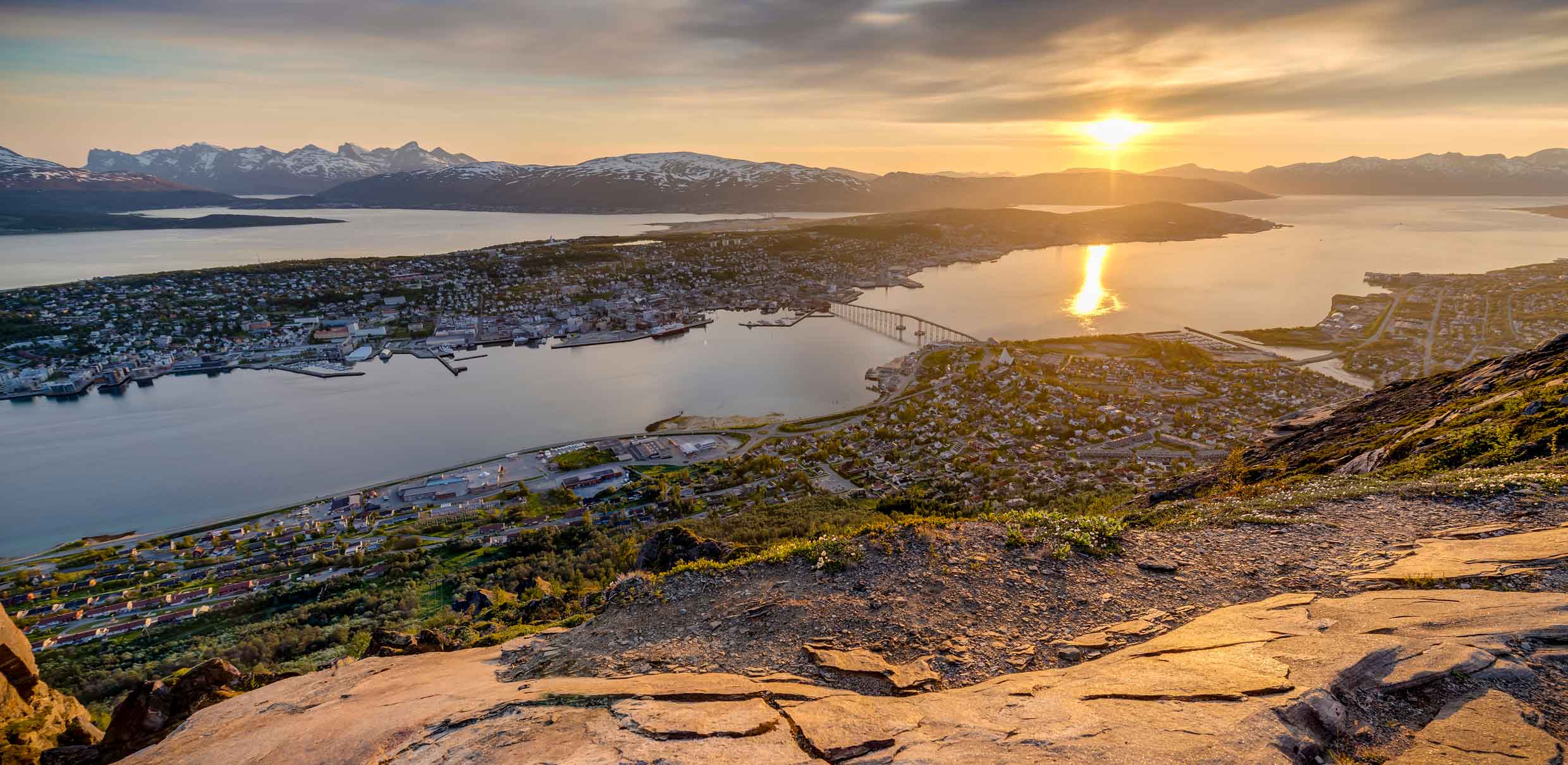
The tourists that come in the summer are not so many British, the British are not so dominating, and it’s more the domestic tourists, and then it’s the Swedish and other Scandinavians, and then we get a lot from continental Europe especially Germany, Holland, Italy, France, Spain. So then we get more of a multitude of different tourists coming up.
There is much more variety in the way they travel. We have around 90 cruise ships port in a very short and hectic season, and many people come in their own cars, and then lately we also get those on cheaper flights, so people fly up. It’s actually much more focussed on sight seeing in town, they go up to the North Cape or down to the Lofoten islands, so there’s much more of a stop over on the tour around modern Scandinavia.
Some people only see it from the bus window or from the ship that they travel with, then they see the landscape in a sort of passive way and others go hiking, kayaking, glacier walks, canoeing and mountain biking but it’s not as much activity as it is in the winter. Now I hope that I have given you some ideas so that you can also come to Tromso so I hope to see you.”
A natural phenomenon
In the winter, when there is very little daylight, another natural phenomenon attracts tourists to the Arctic.
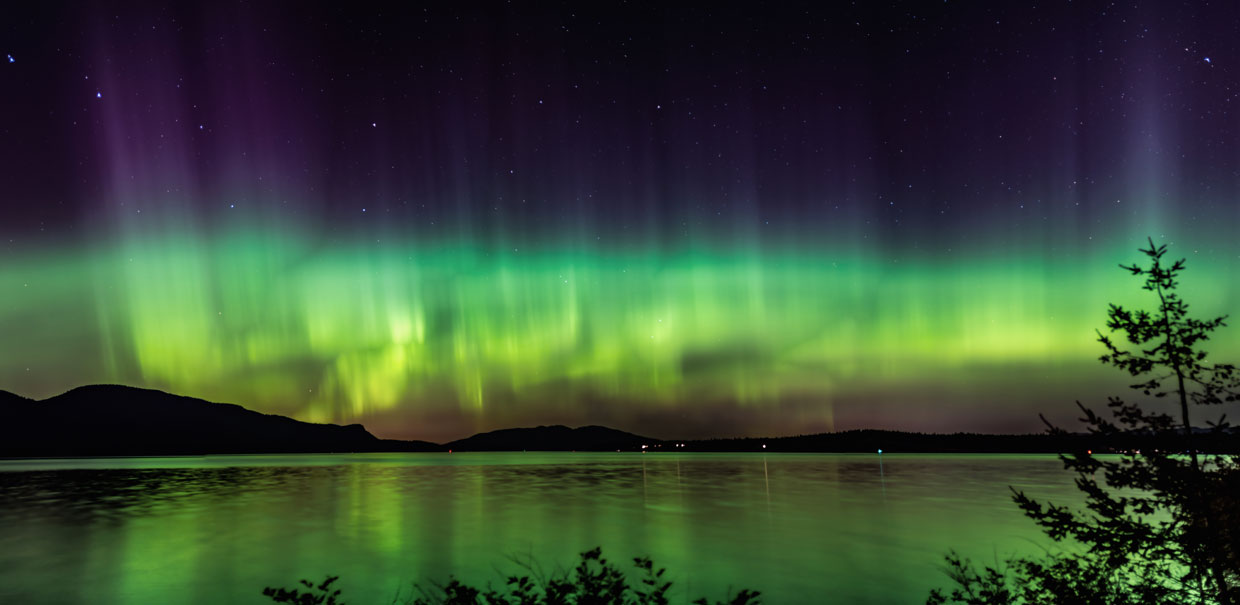
- Find out more about this phenomenon in the Arctic science section
- In the summer another natural phenomenon occurs when the tundra bursts into life as in this example (BBC i-player) in the Canadian Barren Lands.
- Download Changing times to discover more about the settlements on either side of the International Date Line.
Questions
- Do you know the name of this natural phenomenon?
- How do you think you might feel if it was dark all day?
